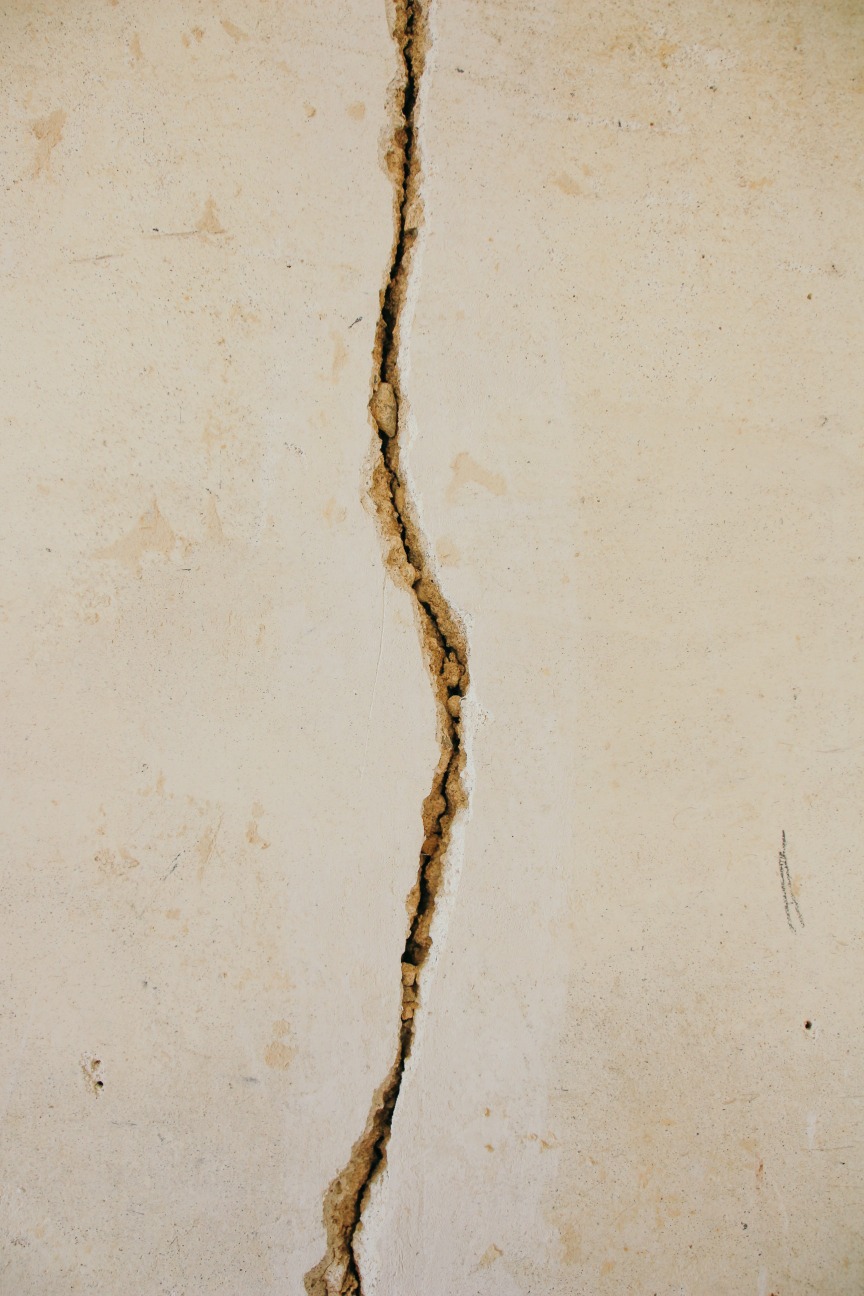How to Protect Your Home from Flood Damage - Easy Ways toStay Safe During Floods
by Anne Thynne
Are you worried that flooding may damage your home? Floods are a weather hazard that can virtually occur anywhere, hence every homeowner should be advised on precautions that can be taken. Floods pose more of a risk than just destroying and damaging your property, it can also lead to health issues.
Therefore, we will take you through the long term and short term tasks you can do to prevent costly damage to your home.

1. Long Term Measures
The following long term measures will save you money and cause less panic during floods.
Choose A Proper Location
As much as all areas are prone to natural disasters, the likelihood in some regions is higher than others. When deciding where to stay, look at the flood zone and how it is classified.
Areas are color coded based on the probability of a flood occurring. Blue zones have the highest risk, orange zones have the lowest risk, and yellow zones are undetermined. This knowledge helps determine how well you need to prepare for flooding.

Use Sump Pumps
The main purpose of a sump pump is to drain the excess water from the ground. The sump pit goes under your house and can remain there for long periods of time. Therefore, it is highly recommended to invest in a sump pump in high risk areas.
In the event of a flood, you will be ready to deal with the excess water. If you’re concerned about outages, consider investing in a sump pump with a backup battery.
Raise your house
Although it sounds extreme, this is one of the best ways to prevent floods from damaging your home. Even though it is a lengthy and costly endeavour, it can be a great investment in high risk areas. With the use of piers or slits, you raise its flood levels and keep your home safe from simple flooding. If the conditions are heavy, the chance of water reaching your house is now substantially lower. If you are building a new house, consider doing this as you lay the foundation.
2. Short Term Measures
Once you receive that flood warning, you can do a few more things to protect your home further. Knowing the following tasks can still save you money overall.

Filling Up Any Cracks
Cracks are bound to occur on your walls and windows over time. Water from the floods will use these cracks to sip into the house. Check for cracks regularly and fill those using sealants and coatings.
Also known as dry proofing, the coating will keep the sealant in place, consequently preventing quick damage.
Do Proper Landscaping
While homeowners hardly associate good landscaping with flood protection, there are some simple things you can do that will protect your home in the short term. Try to grade the lawn away from your home. If it tilts towards your house, then flood water will pool around the house.
Use heavy soil that will drain the water and remember to clean the gutter as well. When the rain is too heavy, the gutters will direct the water away from the house and prevent it from pooling around. Also, make sure the downspouts point away from your house.
Set Up Sandbag Wall
Sandbag walls are a common tool during floods. They act as a barrier and divert the flow of water in a new direction. Because this does not require a lot of skill, it is a simple and easy task to prevent damage.
You can either fill sacks with plenty of sand or buy the whole sandbag from a store nearby. To form the first layer, place the sandbags against each other tightly. When stacking the subsequent layers, you should stack the sandbags so that the seams are staggered.
For better results, let the sandbag seal itself. Tuck the top under the sandbag so that its weight seals it. You can make the sand wall or sand levee as high as you want.
Tips on What to Do During Floods:
- Secure any electrical outlets, sockets, switches, and circuit breakers. Water and electricity do not go together.
- Move all electronics to a safe place, preferably a higher place that won't get flooded easily.
- For the sofas, you can choose to move them to a higher floor or elevate them. Find something strong enough to support the weight of the sofa if you chose to elevate.
- Place your essential documents in a plastic bag to keep them dry.
- Lift outdoor equipment such as the generators, air conditioners, and fuel tanks. Keep them off the ground, as water can destroy them.
Safety Tips During Floods:
- Keep your emergency kit close by. Additionally, know the emergency contacts for floods in your area.
- Do not attempt to swim in the flowing water. You may be carried away.
- Vacate as soon as possible since natural hazards can quickly escalate.
- If possible, turn off the electricity supply.
- You are equally important to move to a safe place.

Final Words:
The weatherman always warns of impending floods. So if you want to protect your home from damage, start flood-proofing early.
Do not depend on the long term measures only, as they do not give complete protection. In addition to the above, always know the direction that water flows in your compound.
Now that you know how to protect your home from flood damage, go on, and start working. Last-minute rushes do not work well during floods. To avoid the panic and confusion that comes with floods, prepare early enough. Lastly, if you live in an orange zone, keep an eye on the weather forecast.
About the Author
